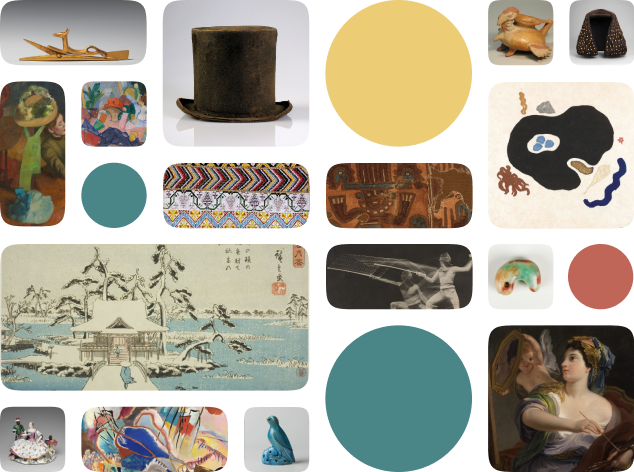About the work
In 1626 printmakers Hendrick Hondius I and Andries Jacobsz produced a series of 23 prints, Dierskeletten (Animal skeletons). Each printer engraved 15 prints for the series, which Hondius published. The series depicts animal skeletons as well as personifications of death. Memento Mori is the first print in the series done by Hondius.
"Memento mori" is a Latin phrase meaning "remember you must die," a humbling reminder of life's inevitable end. Artists across cultures and religions have translated the phrase into a visual language of symbols. Renaissance-era artists employed images of skulls, clocks, wilted flowers, and rotten foods. Hondius' version prominently features a skull and an hourglass. The draining hourglass has one bat wing and one feathered wing. Memento mori were closely associated with Christianity during the Renaissance. Therefore, the different wings may symbolize the possibility of heaven or hell after death.
"Memento mori" is a Latin phrase meaning "remember you must die," a humbling reminder of life's inevitable end. Artists across cultures and religions have translated the phrase into a visual language of symbols. Renaissance-era artists employed images of skulls, clocks, wilted flowers, and rotten foods. Hondius' version prominently features a skull and an hourglass. The draining hourglass has one bat wing and one feathered wing. Memento mori were closely associated with Christianity during the Renaissance. Therefore, the different wings may symbolize the possibility of heaven or hell after death.
Rijksmuseum Object Description
Een doodshoofd op opengeslagen boek tussen een bloem in vaas en een brandende kaars. Op het doodshoofd een gevleugelde zandloper met balans. Onderaan de titel. Eerste prent uit een serie van 23 prenten met dierskeletten, waarvan er vijftien zijn vervaardigd door Hendrick Hondius I en de andere door Andries Jacobsz. Stock en Simon Frisius.
Work details
"--" = no data available
All Works in Curationist’s archives can be reproduced and used freely. How to attribute this Work:
.

